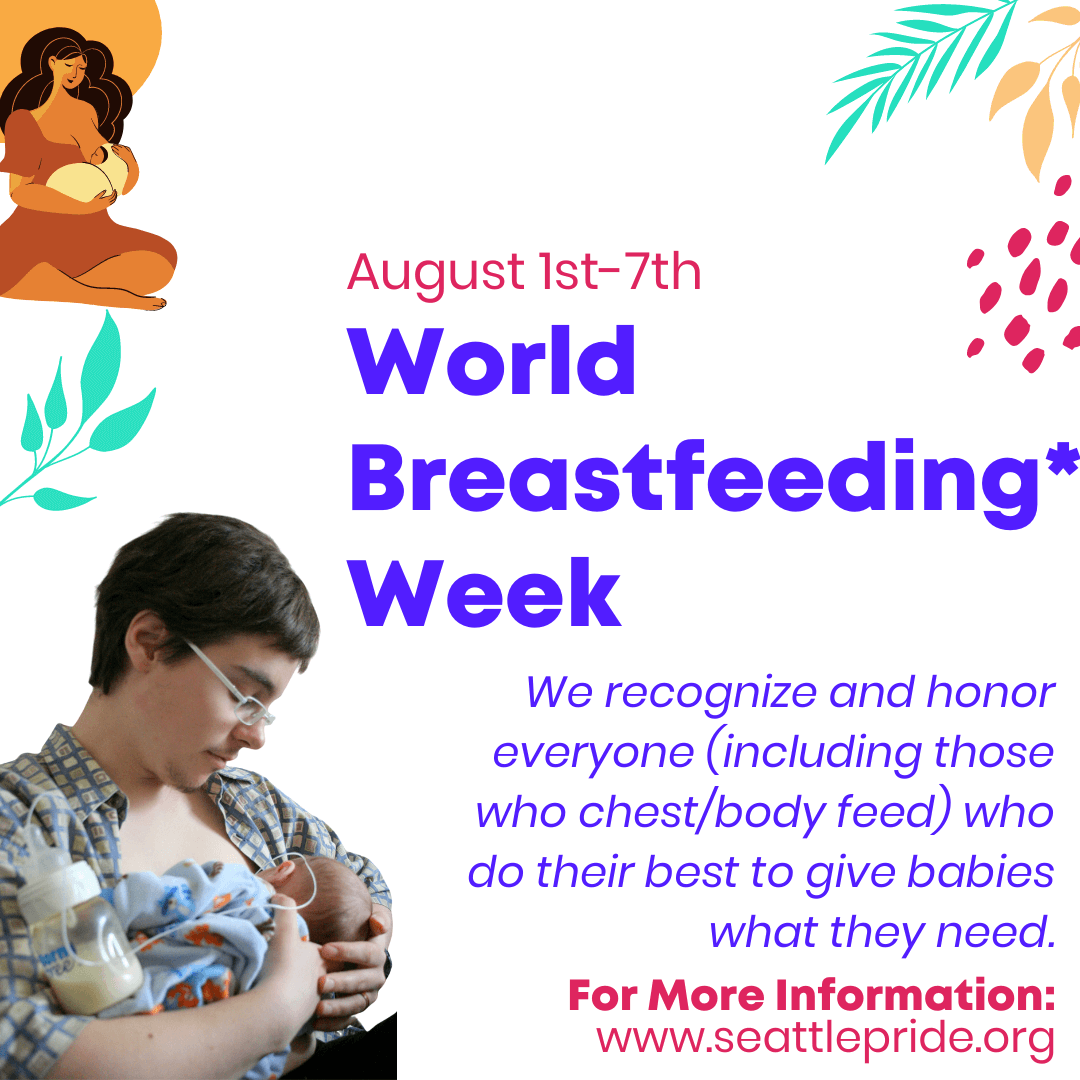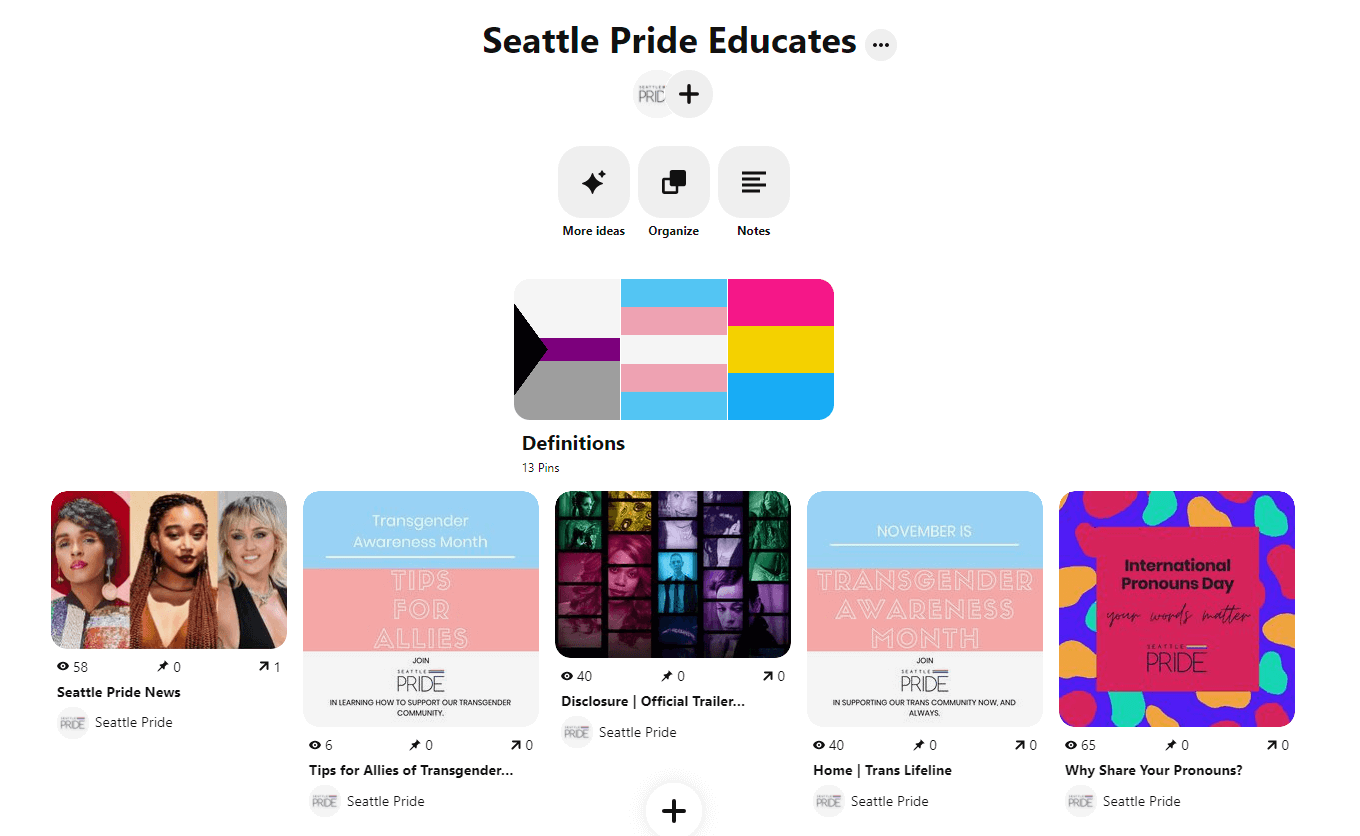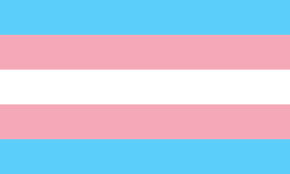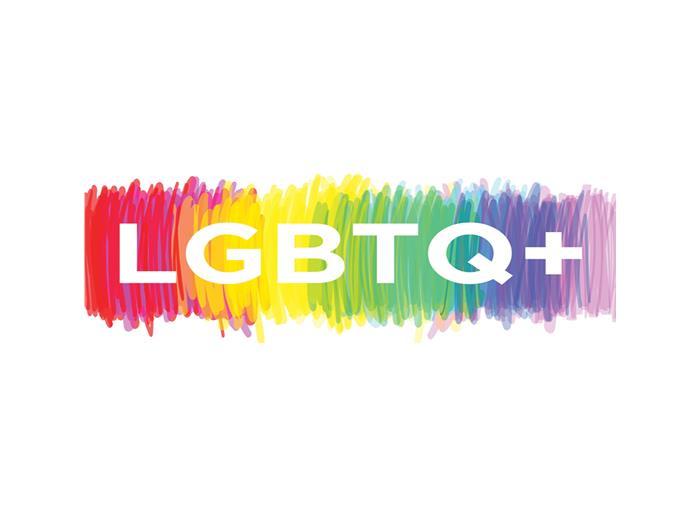
World Breastfeeding (and Chestfeeding!) Week
Aug 02, 2022 | Seattle Pride
August 1st - 7th is World Breastfeeding Week, and we are SO here for it!
Why?
Because we believe it is important to recognize and honor everyone who does their best to give babies what they need; whether breastfeeding, chestfeeding, or body feeding. Whether cisgender, transgender, or nonbinary, caring for your child should be something you are supported in every step of the way... but we know that all too often the LGBTQIA+ community is left to fend for ourselves.
Here is a list of Breastfeeding/Chestfeeding FAQ's taken from the Lactation Network, to help fill that gap.
Can I breastfeed if I’ve never given birth?
Yes! You do not need to have given birth to be able to breastfeed. Many parents who adopt or are in a same-sex relationship where they are a non-gestational parent can successfully induce lactation. Because parents who haven’t given birth do not have pregnancy hormones to stimulate their milk production, they often need more information and support to make breastfeeding a reality. This can be in the form of nursing supplementers, medication, breast stimulation with a breast pump or other device and through hormone treatments. La Leche League has a great resource on breastfeeding without giving birth.
Can I breastfeed if I was assigned male at birth?
Yes, you can. You don’t have to have ovaries or a uterus to breastfeed. The hormones responsible for milk production (prolactin) and milk ejection (oxytocin) are released from the pituitary gland at the base of both the male and female brain. Some trans women and non-binary parents have a full milk supply. We recommend connecting with your healthcare provider about the best path forward considering your body and health. You can read a case study of induced lactation in a trans woman here.
How do I induce lactation?
To induce lactation, you have to stimulate and drain the breasts. This stimulation and emptying can happen with breastfeeding, an electric breast pump or manual expression. Some parents choose to supplement these physical techniques with the use of galactogogues: medications, herbs and homeopathic remedies that support the production of breast milk. There are generic protocols available, such as the Newman-Goldfarb protocols, or you can work with an International Board Certified Lactation Consultant (IBCLC) to develop a customized protocol that aligns with your health history, circumstances and values. While the use of medications, herbs or homeopathic preparations is an individual choice, you should always consult your healthcare provider beforehand to make the healthiest choice for your body. Learn more about induced lactation here.
Why would a non-gestational parent choose to breastfeed?
Breastfeeding helps parent and baby form a secure attachment, which may be of special concern for non-gestational parents. Breast milk also provides a host of health benefits for both parent and child. A parent may also decide to breastfeed alongside their partner to share caregiving responsibilities.
Will I produce enough milk through induced lactation?
Milk supply varies from person to person. Trans or non-binary parents might have reduced milk supply if their milk-making tissue has been surgically removed, their ducts have been damaged in surgery or testosterone has interfered with prolactin, the hormone necessary for lactation. However, some trans women who induce lactation provide nearly a full supply to their babies. If you’re concerned about milk supply or currently taking testosterone and you still want to have a nursing relationship with your child, you can use an at-chest supplementer. Also consider talking with a healthcare professional such as a lactation consultant to make sure your baby is getting enough milk. Through a full checkup and with knowledge of you and your family’s medical history, these nursing experts can answer questions specific to your breast milk production concerns. The Lactation Network is an awesome resource that connects breast/chestfeeding people with insurance-covered lactation consultations.
Is breast milk produced through induced lactation as nutritious as the breast milk of someone who has given birth?
The composition of the milk produced by inducing lactation is comparable to the milk produced after birth. Milk produced through induced lactation rarely contains any artificial hormones, and when it does, these hormones are not at dangerous levels. The most common artificial hormones used to induce lactation are estrogen and progesterone, which are naturally present during pregnancy.
Can I share breastfeeding responsibilities with my partner?
You sure can! This is called co-nursing. If you think co-nursing might be right for your family, you should consult with your healthcare provider or a lactation professional. You can request an insurance-covered lactation consultation through The Lactation Network.
Where can I find an inclusive, genderqueer breastfeeding community?
We’re glad you asked—every parent needs a village. We recommend La Leche League’s Inducing Lactation & Relactation Facebook Group, Birthing and Breast or Chestfeeding Trans People and Allies and Queer Liquid Gold as inclusive support groups for those inducing lactation.
As you may have already experienced, safe spaces for non-binary and trans chestfeeding people can be difficult to come by. If you find that any breastfeeding community feels exclusionary or unsafe for your family, you may want to consider creating the community you need. Reach out to your friends, medical providers, doulas, midwives or IBCLCs and ask if they know of non-binary and/or trans parents who might want to connect. Building the support network you need can be a major help on your parenting and breastfeeding or chestfeeding journey.
The Lactation Network proudly supports ways to make the breastfeeding experience easier on trans and non-binary parents. Are you ready to breastfeed or chestfeed? Get started on the journey by ordering a breast pump covered by insurance today.
Here are a few ways to support someone who is chestfeeding:
Taken from Motherly.com.
1. Bring them meals.
Producing milk is a lot of work and fueling the body to do it is essential. Bring your chestfeeding friend or family member their favorite foods or a gift card to order take-out.
2. Help them get comfortable.
If you are with your chestfeeding friend or family member while they are feeding their baby, help make sure they have what they need. Offer your chair, bring them water—help them with this important work.
3. Ask, don't assume.
It is OK to say to your chestfeeding friend, "Would you like me to stay with you while you feed the baby or leave?" People who are chestfeeding may want privacy or they may love to sit with you. Don't make assumptions, just ask!
4. Use the right pronouns.
This is not exclusive to chestfeeding, but it feels like a good opportunity for a reminder. Pronouns matter. Some of the greatest distress people felt while chestfeeding was when they were misgendered by people around them.
If you refer to someone by the wrong pronoun, own it and try to do better next time.
5. Stand up for them.
If you are out and about with your chestfeeding friend and someone makes a comment, help them to feel supported. You could say to your friend, "Would you like me to say something to them?" or "What can I do right now to support you?"
The same goes for when your friend isn't there to hear the comment—the only way we are going to make the world a kinder place is by doing what is right, even when no one is watching. Don't let hateful comments go unchecked.








